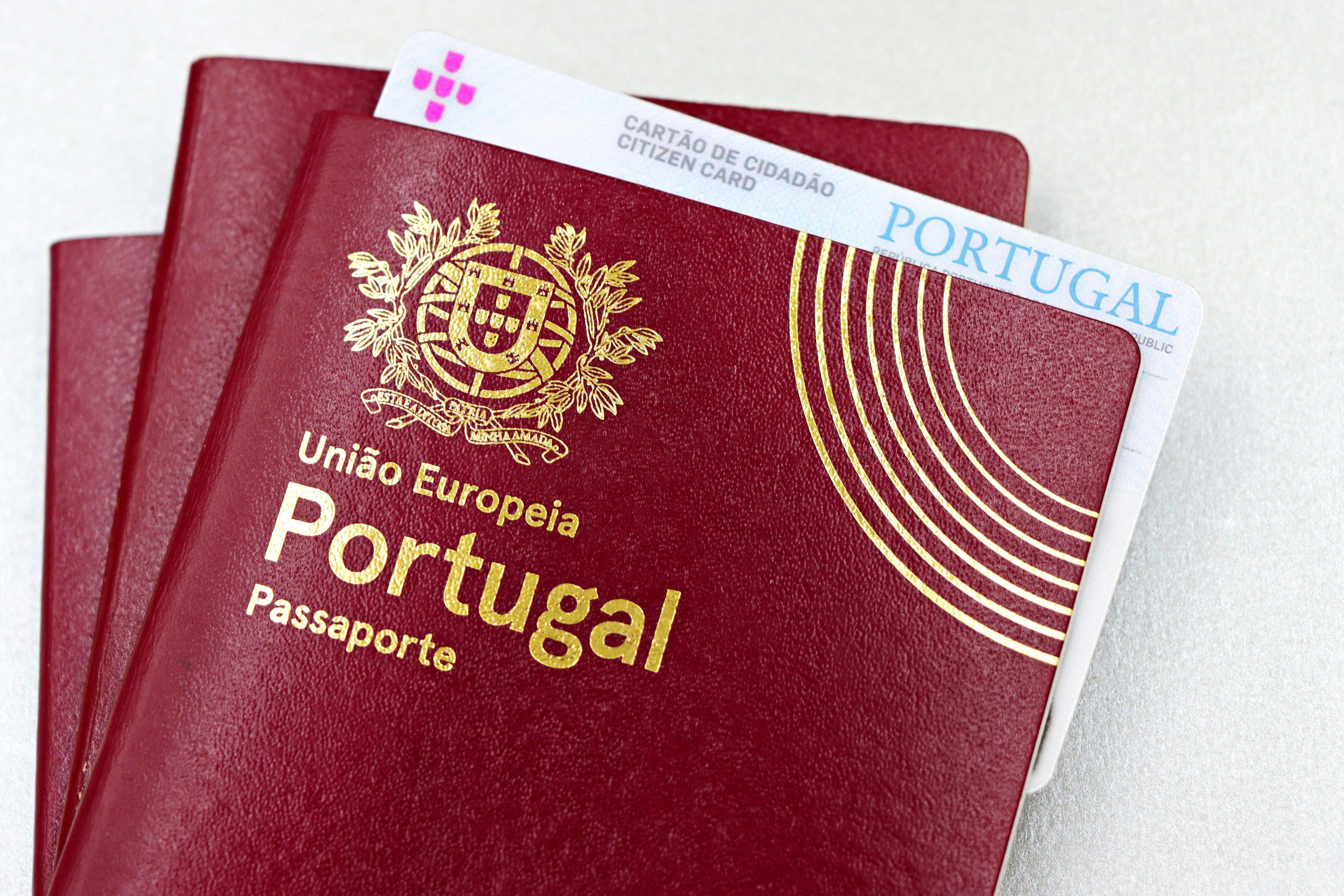Understanding the Distinction Between Digital Identity and the European Identity Card
In recent discussions surrounding Digital Identity, a recurring theme has emerged among some European commentators claiming familiarity with the concept by referencing the European Identity Card. While these comparisons may seem intuitive at first glance, they often gloss over significant differences that are crucial to understanding the implications of digital identification systems.
Personal Perspective on Identity Documents
As a British-Italian dual citizen, I carry an Italian Identity Card regularly, regardless of my location. From firsthand experience, this physical document serves as proof of identity and nationality, but it does not grant, restrict, or influence my access to rights or services in the way that certain digital identification systems could.
Contrasting European Identity Cards and Digital Identification
The European Identity Card is primarily a physical document used for identification, travel, and proof of citizenship within the European Union. It does not inherently control an individual’s access to employment, online services, or social media presence. Its purpose is largely administrative and localized—an identification tool that remains under the user’s control without invasive monitoring capabilities.
In contrast, Digital ID systems proposed or implemented in various regions often aim to integrate multiple aspects of an individual’s life—such as employment rights, internet access, social media, and more—into a centralized or easily accessible digital platform. Such systems raise questions about privacy, surveillance, and government overreach, especially when paired with legislative trends that expand state control over digital spaces.
Current Legislative Climate and Digital Rights
Recent developments in the UK highlight concerns about governmental encroachment into digital freedoms. Legislation targeting digital control, censorship, and surveillance suggests a trajectory that could significantly augment state power over individual digital lives.
In this context, equating a physical ID card—a document designed for identification and travel purposes—with a comprehensive Digital ID system monitoring various facets of daily life understates potential risks. The latter could influence or restrict access to employment, online activities, and personal expression, thereby fundamentally altering individual autonomy.
A Caution Against Misleading Comparisons
While it’s understandable that some may draw parallels based on familiarity with European identity documentation, equating these with Digital ID systems overlooks the profound differences in scope, purpose, and privacy implications. Such comparisons can inadvertently downplay the potential dangers associated with digital identity systems that extend beyond simple identification practices.
Conclusion
Awareness and critical analysis are essential when evaluating the development of Digital ID systems. Recognizing the differences between traditional identification documents and digitally integrated identities is vital in understanding their potential impact on personal freedoms.
